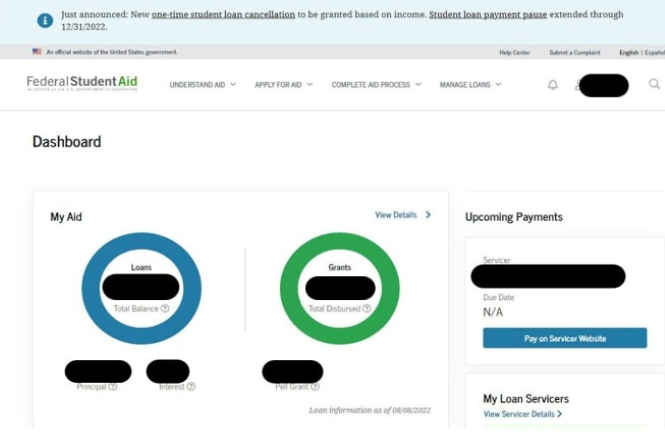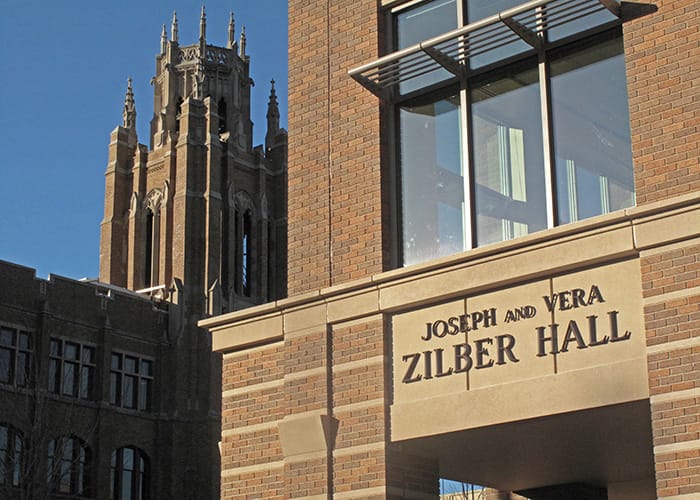- Loans available to Undergraduate students
- Loans available to Graduate/Professional students
- Federal Direct Loan entrance counseling
- Federal Direct Loan exit counseling
- Instructions for the Federal Direct Loan Master Promissory Note
- Instructions for the Grad PLUS Master Promissory Note
- Grad/professional loan comparison chart
PROBLEM WITH THIS WEBPAGE?
Report an accessibility problem
To report another problem, please contact marquettecentral@marquette.edu


